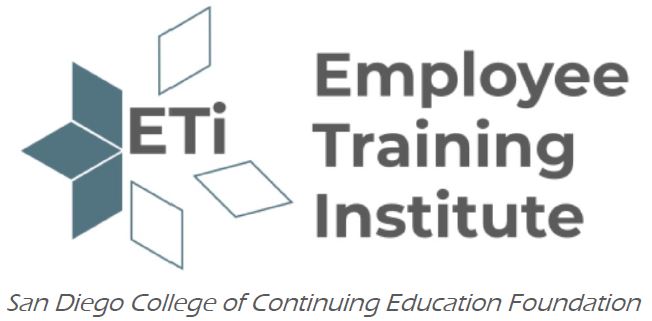Become an electrical technician
Electrical work has some of the best opportunities for career stability, especially for electrical technicians. If you want to start a career as an electrical technician, this 100% online course will teach you the fundamentals of working with and repairing electrical equipment.
Registration and Enrollment
This course is 100% online. Start anytime!
Course Details
- Master the basics of electrical theory and systems
- Learn PLC equipment and communication
- Understand advances in robot Maintenance and Installation
- Learn the basics of Six Sigma, 5S, Lean and TPM
MATH
Fractions and decimals, units of measurement and basics of tolerance; algebra, geometry, trigonometry and blueprint reading
INSPECTION
Introduction to GD&T, optical comparators and CMMs; standards for inspecting and calibrating holes, threads and surfaces
SAFETY
OSHA, personal protective equipment, SDS and hazard communication; hand and power tool safety, safety for lifting devices and powered industrial truck safety
QUALITY AND MANUFACTURING MANAGEMENT
Lean manufacturing, 5S and continuous process improvement; Six Sigma, conducting Kaizen events and value stream mapping
MACHINING
Safety for metal cutting; introduction to CAD and CAM for machining
ELECTRICAL/MECHANICAL SYSTEMS AND MOTOR CONTROLS
Electrical units, AC and DC power sources, distribution systems; introduction to circuits, relays, contactors, and motor starters
PLCS
Basics of Siemens PLC hardware, communication and inputs and outputs; Siemens human machine interfaces, SIMATIC PLCs and hand-held programmers
AUTOMATION
Automated systems and control; robot troubleshooting, maintenance and installations
FASTENERS
Intro to fastener threads, fastener ergonomics and properties; understanding torque
There are no prerequisites to take this course.
Hardware Requirements:
- This course can be taken on either a PC or Mac.
Software Requirements:
- PC: Windows 8 or later.
- Mac: macOS 10.6 or later.
- Browser: The latest version of Google Chrome or Mozilla Firefox are preferred. Microsoft Edge and Safari are also compatible.
- Adobe Acrobat Reader.
- Software must be installed and fully operational before the course begins.
Other:
- Email capabilities and access to a personal email account.
Instructional Material Requirements:
The instructional materials required for this course are included in enrollment and will be available online.
This is a completely self-pace course. Additional support will be provided through email and phone.
$1,995
Listed Price: $2,260
12% off
This course is 100% online.
| Course Hours | Duration | Start Dates |
|---|---|---|
| 120 Course Hrs | 12 Months | Start anytime. |
Job Outlook
Electrical technicians earn up to $43,000 annually on average, according to Burning Glass.
Burning Glass data also shows that job demand for electrical technicians will grow 2% over the next decade.
Electrical technicians work across several high-demand industries, including scientific and technical services, transportation equipment manufacturing and electronic parts manufacturing.
FAQs
WHAT IS THE DIFFERENCE BETWEEN AN ELECTRICIAN AND AN ELECTRICAL TECHNICIAN?
While electricians and electrical technicians both deal with electrical systems, the nature of their work is different. Electricians install, maintain, troubleshoot and repair the wiring in buildings, whether that be residential homes, offices or commercial properties. On the other hand, electrical technicians work on electrical systems within machinery, specialty equipment and other commonly used devices.
WHAT DO ELECTRICAL TECHNICIANS DO?
Electrical technicians help maintain and repair electronic components in any equipment or device that uses electricity. Their work can vary from helping with product design to working on site to keep machinery and power systems running correctly.
IS ELECTRICAL TECHNICIAN TRAINING WORTH IT?
Yes. As with any technology, electrical work evolves and electrical technicians need to understand emerging automation, such as programmable logic controllers (PLC) AND network communication, robot-controlled equipment and the Internet of Things (IoT).

